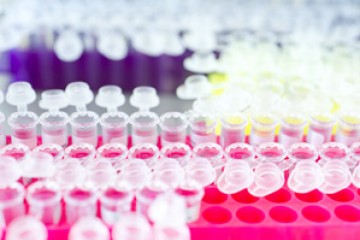PhD Studentship
Development of novel models of kidney damage using induced human pluripotent stem cells

At a glance
Completed
Award date
October 2019 - March 2023
Grant amount
£97,805
Principal investigator
Dr Derek Brazil
Co-investigator(s)
Institute
Queen's University Belfast
R
- Replacement
Read the abstract
View the grant profile on GtR
